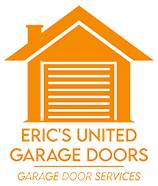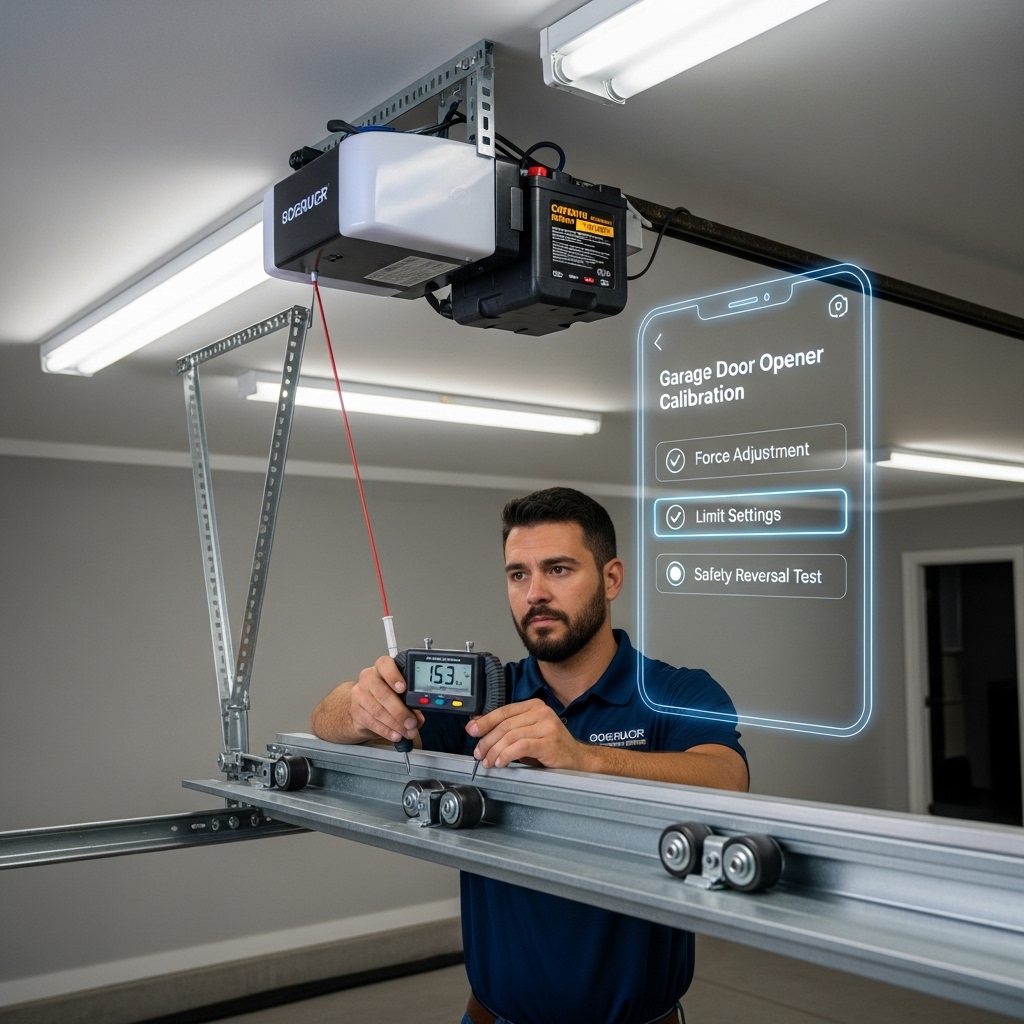Complete Garage Door Installation and Opener Setup in Fort Lauderdale, Florida
When planning a new garage door in Fort Lauderdale, pairing the installation with a precisely configured opener is the smart move. Together, the door and drive system determine safety, noise level, and convenience in daily life. Start by learning the fundamentals of professional garage door installation, then match the opener technology to your door weight, structural conditions, and lifestyle features such as smart control and battery backup.
South Florida’s coastal climate adds unique considerations. You need components that resist corrosion, a door that meets wind-load standards, and an opener with settings that protect the door while delivering smooth performance. Below is a clear, comprehensive guide to help homeowners make confident decisions and enjoy reliable operation from day one.
Door and Opener: A System That Works Together
Your garage door and opener are one system. The door’s balance, spring sizing, and track alignment directly impact the opener’s workload and longevity. If the door is heavy or out of balance, the opener strains and can fail prematurely. Conversely, a balanced door with smooth-rolling hardware allows even a quiet belt-drive opener to perform flawlessly and last longer.
During installation, the technician calibrates travel limits and force settings so the opener moves the door without excessive push or pull. Proper calibration improves safety and minimizes noise and wear on gears and belts.
Choosing the Right Opener for Your Home
- Belt-drive: Known for quiet operation, ideal for homes with living areas above or adjacent to the garage.
- Chain-drive: Durable and dependable, often preferred for heavy doors, though louder than belt-drive.
- Direct-drive: The motor moves along the rail, reducing vibration and maintenance.
- Wall-mount: Frees ceiling space and works well in garages with obstructed ceilings or high-lift track setups.
Smart features let you check door status and operate it remotely. Battery backup ensures functionality during power outages, which is vital in hurricane season. Your installer can integrate the opener with home automation systems, configure alerts, and set user codes for controlled access.
Hurricane Readiness and Structural Details
In Fort Lauderdale, a hurricane-rated door with reinforced tracks and heavy-duty hinges helps protect your home envelope. Installers verify anchoring substrates, inspect headers and jambs, and select fasteners that resist corrosion. Wall brackets, torsion tube supports, and center bearing plates must be sized for the door’s weight and width. These structural choices create a stable foundation for your opener to operate safely and smoothly.
Make sure your opener’s mounting points are solid and properly braced. Attention to detail at the start yields quieter operation and longer service life.
Insulation, Seals, and Noise Control
Insulated doors help regulate garage temperatures and reduce noise from the street. A dense polyurethane core adds rigidity to panels, while polystyrene offers dependable insulation at a lighter weight. Seals at the bottom, sides, and top block drafts and moisture. Quality rollers with sealed bearings and a belt-drive opener form a powerful combination for silent performance—especially important for early morning departures or late-night arrivals.
The Step-by-Step Process
- Assessment: Measurements, inspection of framing, identification of opener mounting points, and verification of electrical access.
- Removal: Safe disassembly and disposal of the old door and hardware.
- Hardware setup: Installation of tracks, torsion system, drums, and cables, all sized to door weight and height.
- Panel installation: Panels are stacked, leveled, and secured with correctly rated hinges and fasteners.
- Opener installation: Rail assembly, head unit mounting, and alignment with the door arm and header bracket.
- Calibration: Travel limits and force settings are tuned. Safety sensors are positioned and tested.
- Weatherproofing: Perimeter seals and bottom astragal are fitted to block water and air intrusion.
- Orientation: The homeowner learns manual release, keypad and remote programming, and basic maintenance.
A methodical installation delivers measurable benefits: smoother travel, less wear on components, and stable performance during storms. If you are new to these systems, reviewing trusted resources on garage door installation can help you compare options and ask the right questions on installation day.
Smart Controls and Everyday Convenience
Smart phone apps provide real-time status and notifications. Guest access codes enable deliveries or service appointments without sharing physical remotes. Geofencing can automatically close the door if you drive away, while schedules ensure the door is shut at night. Your installer can demonstrate these features, configure sensitivity for safety sensors, and test the battery backup so you are prepared for outages.
Noise concerns can be addressed with vibration isolators on the opener, nylon rollers, and precision track alignment. These tweaks provide a premium feel even in busy households.
Maintenance Tips for Door and Opener
- Lubricate rollers, hinges, and torsion springs lightly twice a year.
- Wipe and realign photo eyes when needed, ensuring the beam is not obstructed.
- Test auto-reverse monthly with a low object placed in the door’s path.
- Check balance by disconnecting the opener; the door should stay at mid-height without drifting.
- Replace remote and keypad batteries proactively before storm season.
Document the opener model, serial number, and installed settings for future reference. Keep the manual in a labeled folder with your permit documents and warranty information.
Common Mistakes to Avoid
Do not oversize the opener to compensate for a heavy or poorly balanced door. Fix the door balance first. Avoid mixing old tracks and new panels, which can cause binding. Never tape over or bypass safety sensors. If the door becomes noisy or starts to shake, contact a pro to investigate alignment and hardware before problems escalate.
During installation, confirm that the emergency release operates smoothly and that you know how to use it. This small detail becomes crucial during a power outage or emergency situation.
Frequently Asked Questions
Q: How do I know what horsepower rating I need? A: Match the opener to the door size, construction, and weight. A well-balanced door requires less effort, so a properly selected opener with the right drive type will perform reliably without excess horsepower.
Q: Will smart openers work with my existing Wi-Fi? A: Most do. Ensure your router signal is strong in the garage. Extenders can improve connectivity if needed.
Q: Do I need a battery backup? A: In storm-prone areas, battery backup is strongly recommended so you can access your garage during outages.
Q: Can I keep my current keypad and remotes? A: Compatibility varies by brand and security protocol. Your installer can advise whether to reprogram or replace them.
Q: How often should I service the system? A: A professional check once a year plus homeowner inspections and lubrication every six months is a solid plan.
Q: What if my garage has limited headroom? A: Low-headroom track kits and wall-mount openers offer solutions that preserve clearance while ensuring smooth operation.
Q: Do I need windows in the door? A: It is optional. Windows add natural light and curb appeal. Consider impact-rated or laminated glass.
Q: Can I install the opener myself? A: DIY is possible for experienced homeowners but is not recommended for torsion spring work. Professional setup ensures safety and proper calibration.
Ready for a Quiet, Reliable Upgrade?
Choose a team that treats your door and opener as a single system, verifies wind-load compliance, and fine-tunes every component for smooth, quiet performance. From impact-rated doors to smart controls and battery backup, the right plan makes daily life easier and safer. Begin your project with trusted garage door installation expertise, book a consultation, and enjoy confidence every time you press the button.

